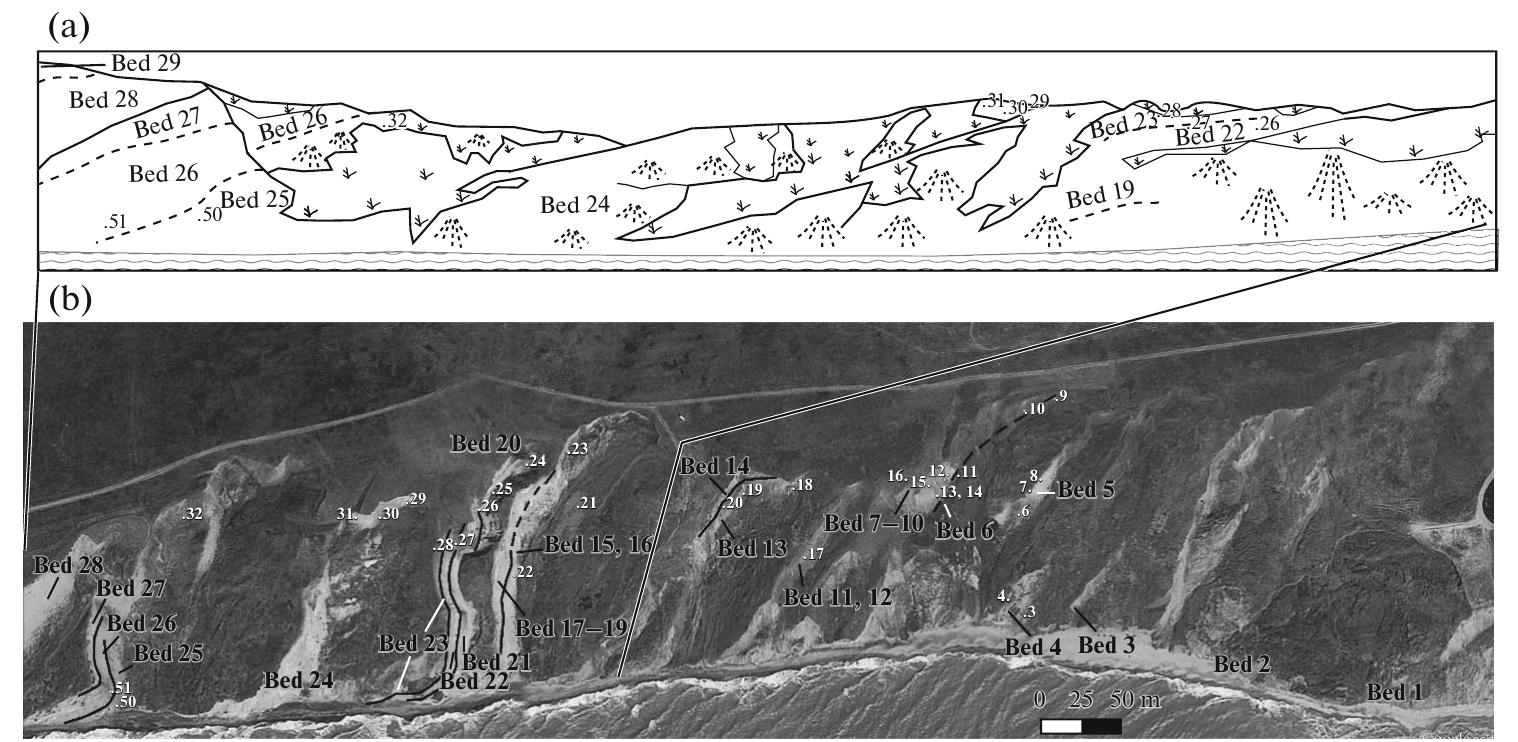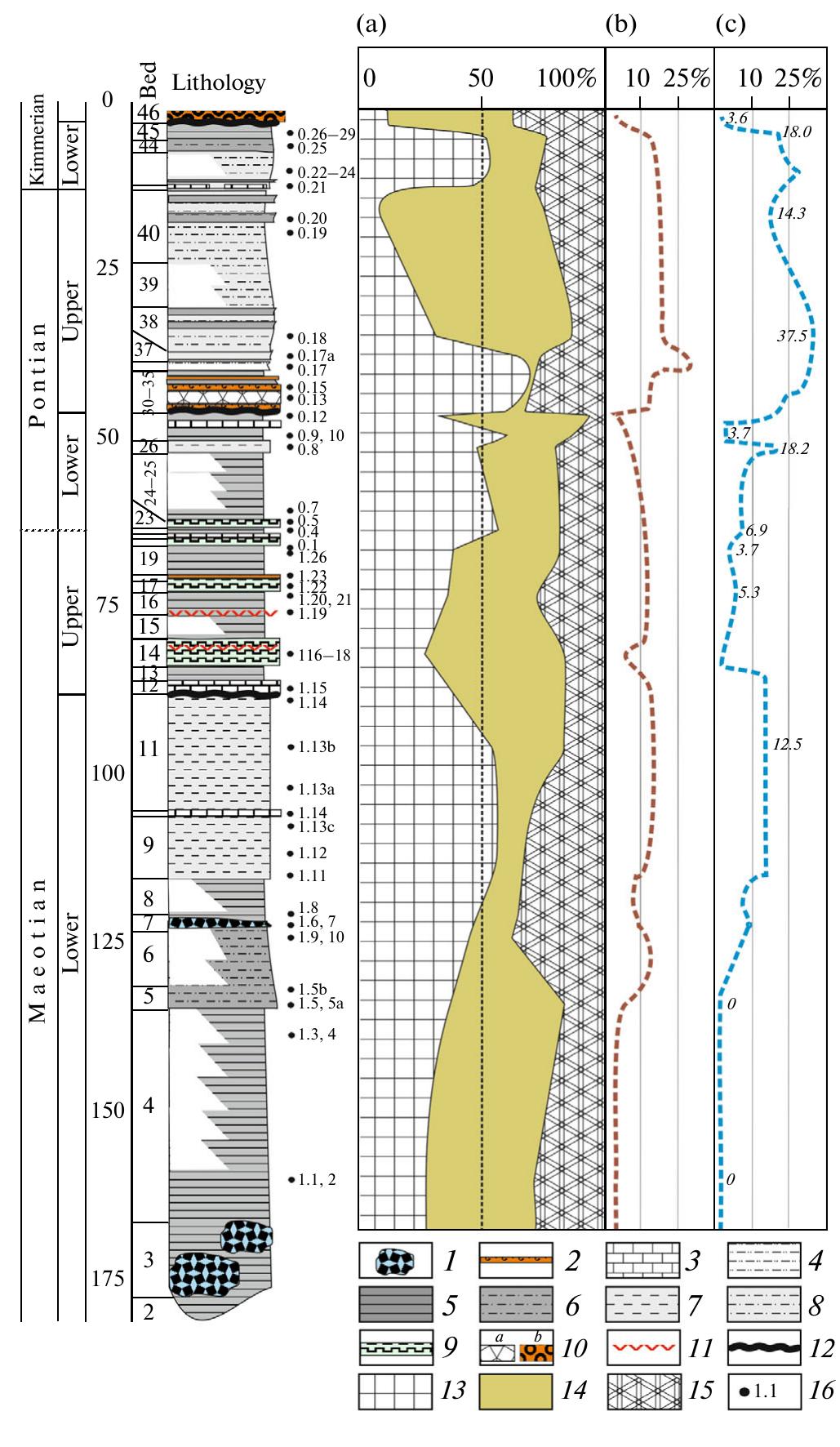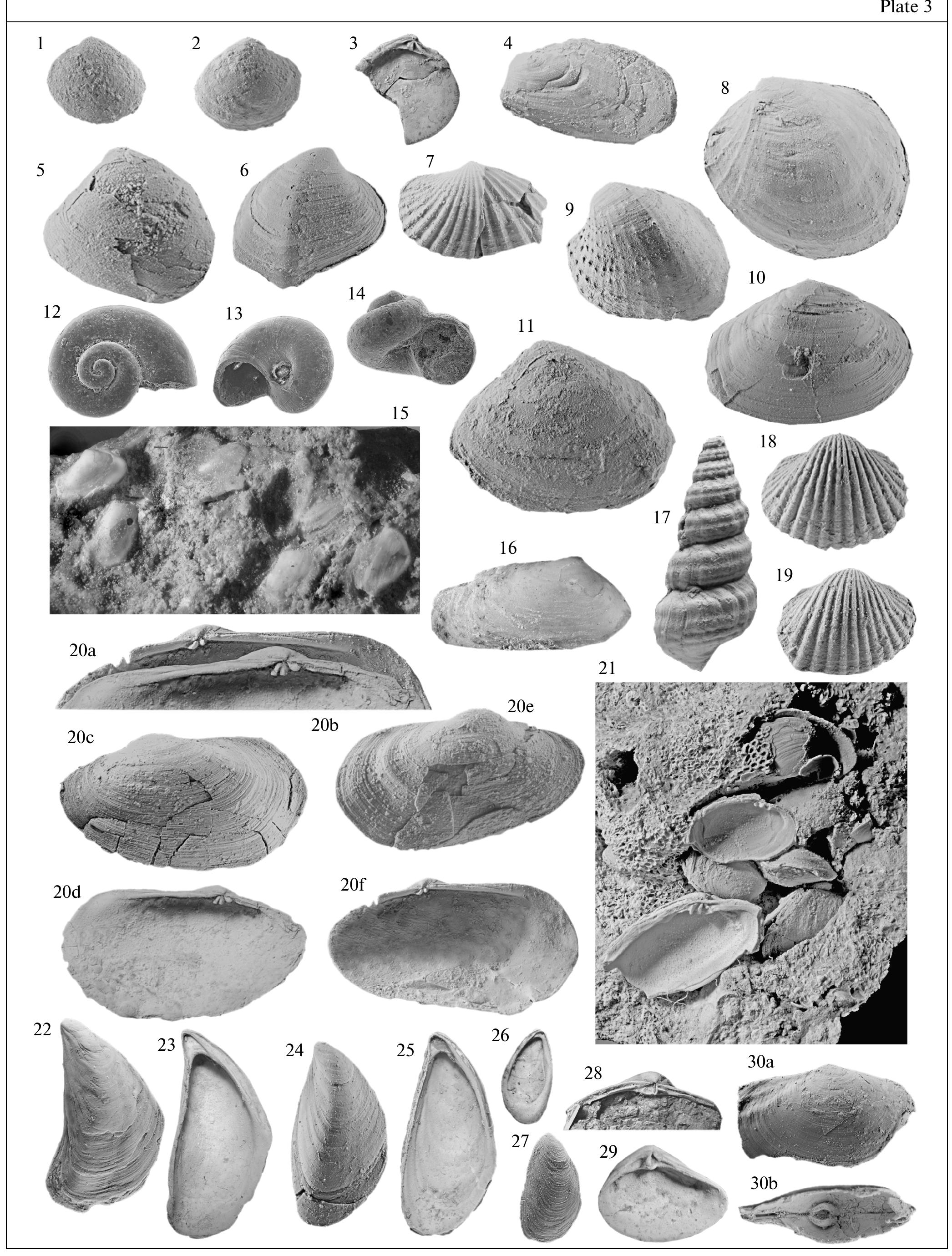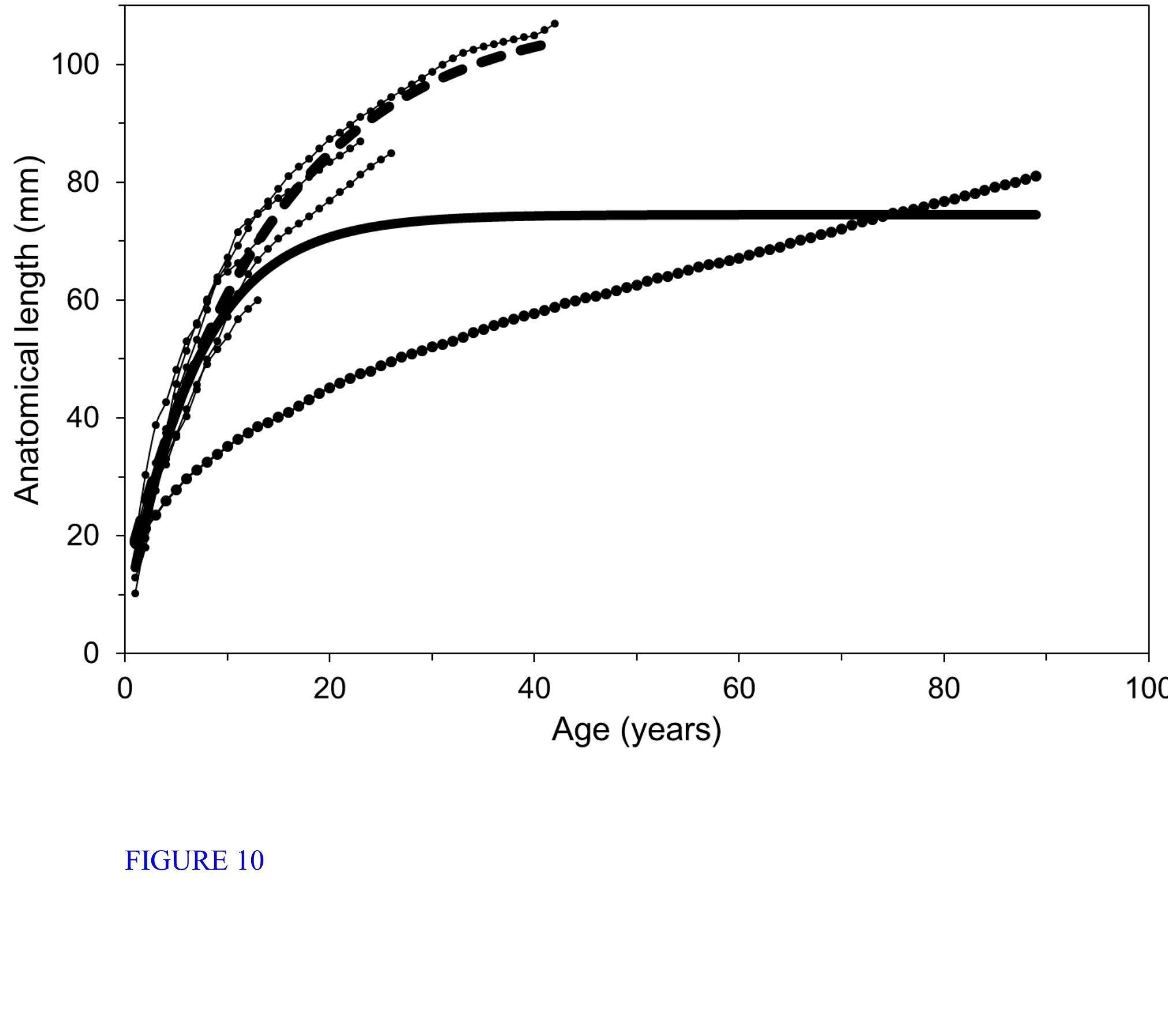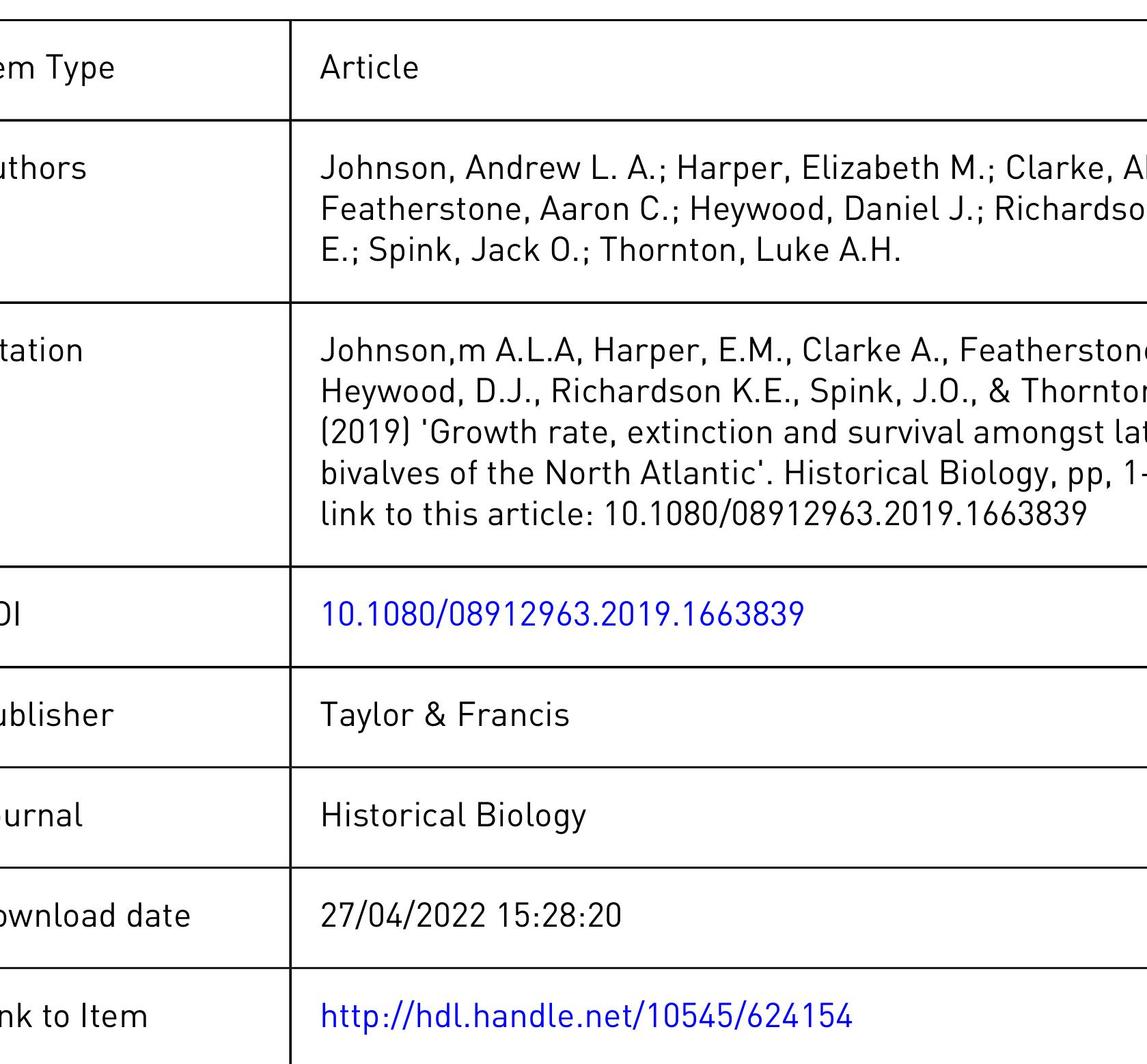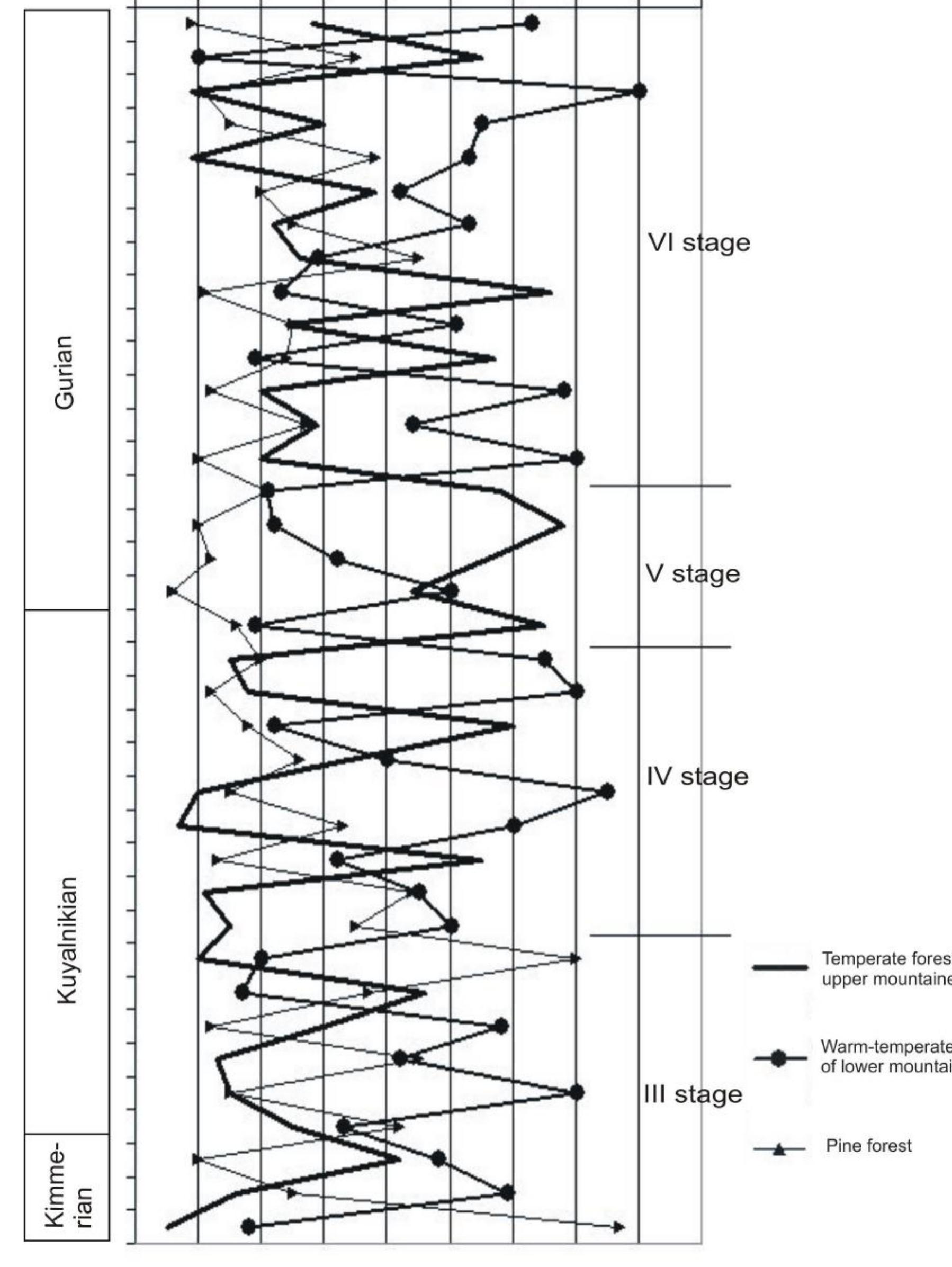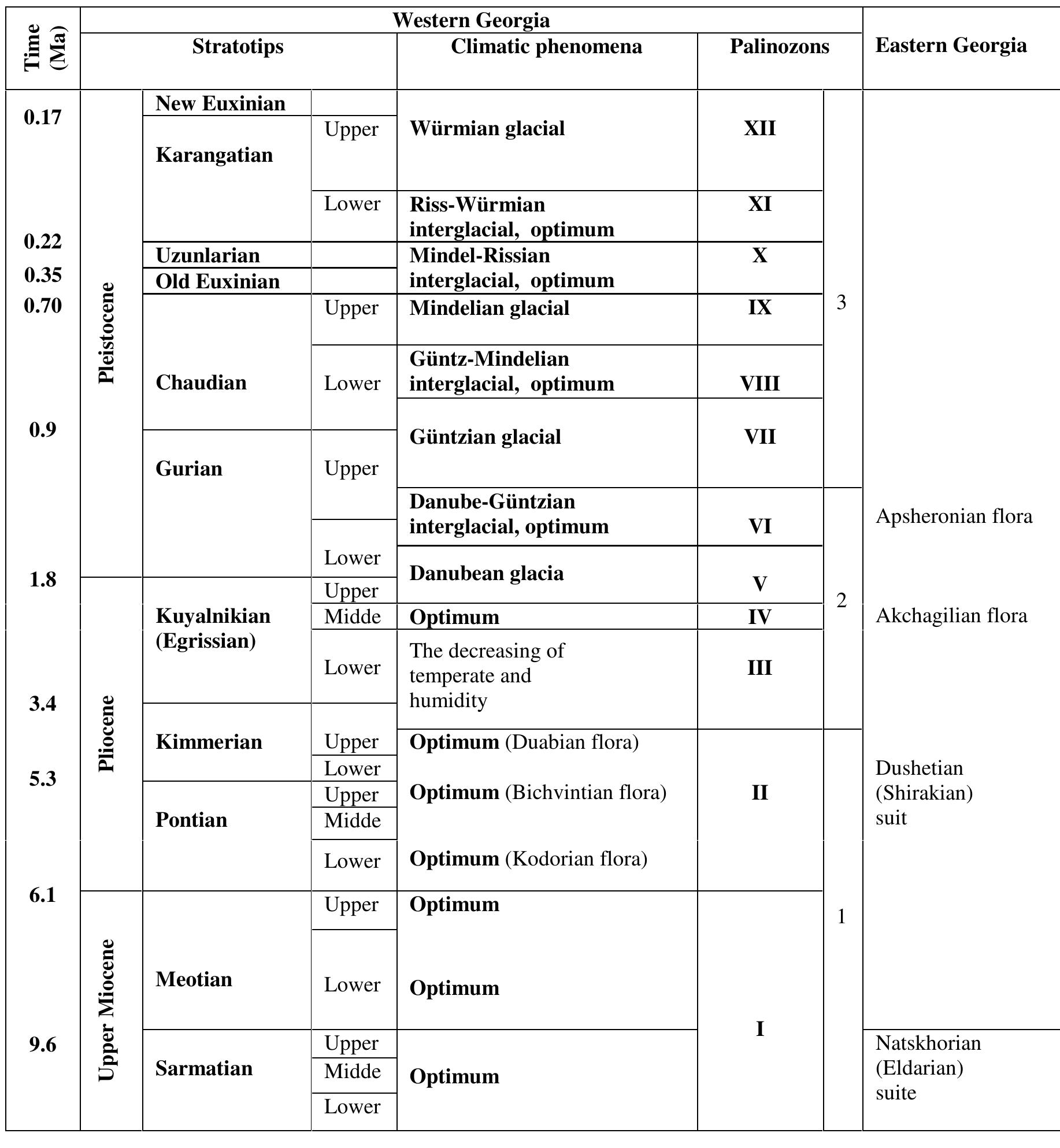Key research themes
1. How does the Late Cenozoic climate evolution reflect interactions between tectonics, volcanism, and global cooling?
This theme investigates the drivers and feedbacks of climate change during the Late Cenozoic, focusing on the interplay of tectonic processes such as uplift and erosion, magmatic activity influencing volcanic degassing, and their combined impacts on atmospheric greenhouse gas concentrations and global temperatures. Understanding these interactions helps elucidate mechanisms behind cooling trends and paleoclimate variability in the Late Cenozoic and informs models of Earth system evolution.
2. What are the paleobiological dynamics and extinction patterns among Late Cenozoic marine bivalves and terrestrial crocodylians?
This research theme focuses on biotic responses to Late Cenozoic environmental shifts, including extinction drivers in marine bivalves and diversity dynamics in crocodylians. By examining growth rates relative to environmental stressors and stratigraphic distributions of crocodylian species, researchers aim to clarify the roles of climate change, predation, and habitat transformation in shaping vertebrate and invertebrate evolutionary trajectories during this period.
3. How do detailed fossil and geochronological records elucidate Late Cenozoic biostratigraphy and paleoenvironmental reconstructions?
This theme emphasizes methodological advances in stratigraphic correlation, fossil assemblage analysis, and isotopic dating to reconstruct Late Cenozoic environments and life histories. Studies include investigations into paleoecological events, continental margin erosion rates, and exceptional fossil preservations that illuminate ecological interactions and sedimentary processes. These approaches provide refined temporal frameworks and paleoenvironmental contexts essential for understanding Earth history in the Late Cenozoic.

















